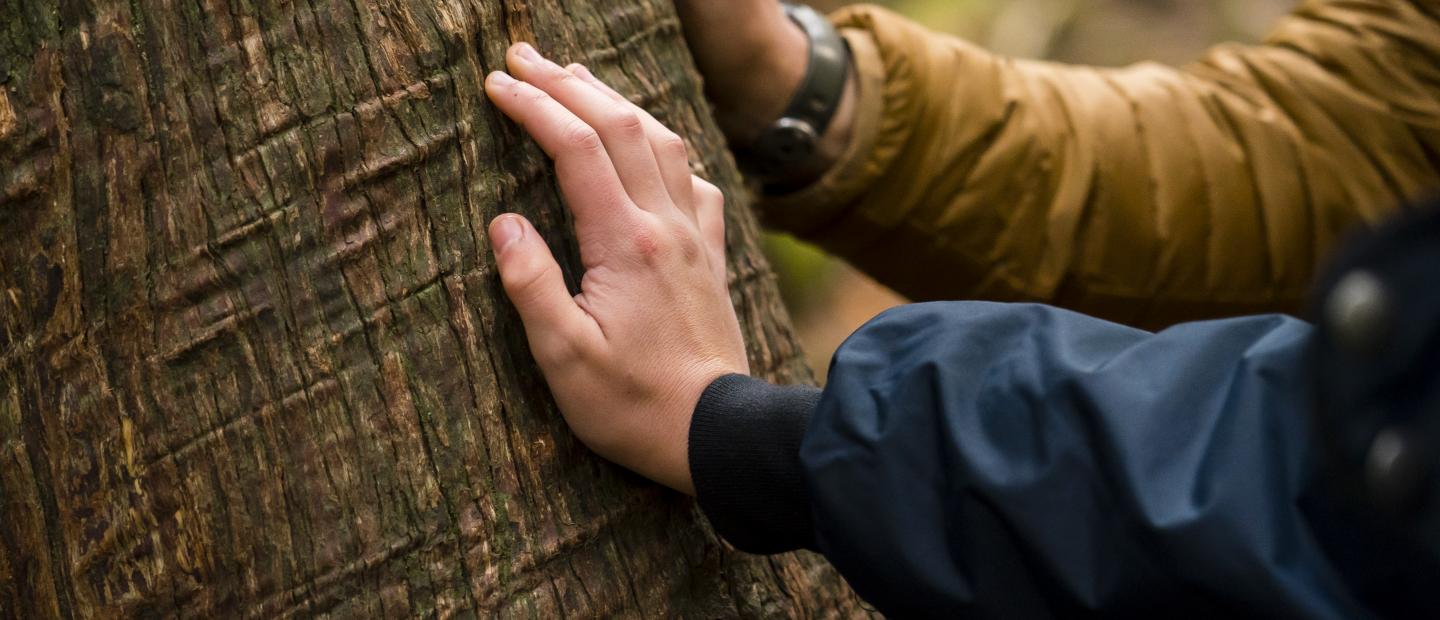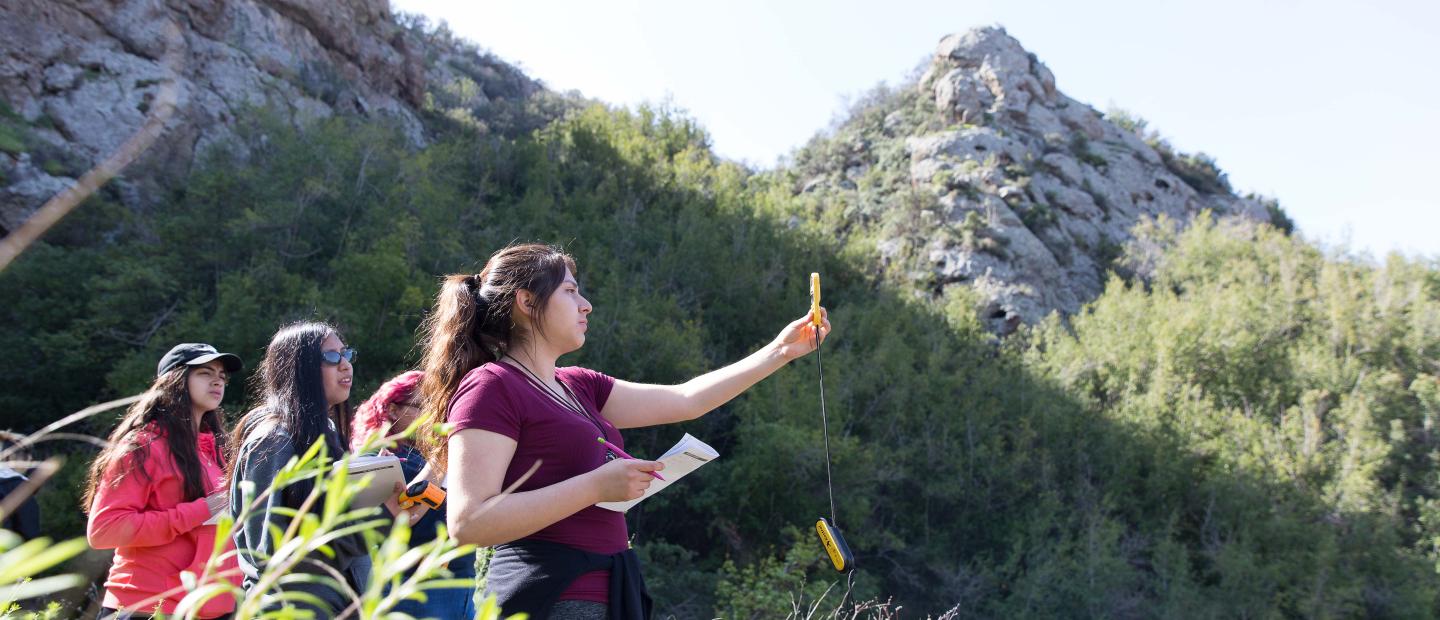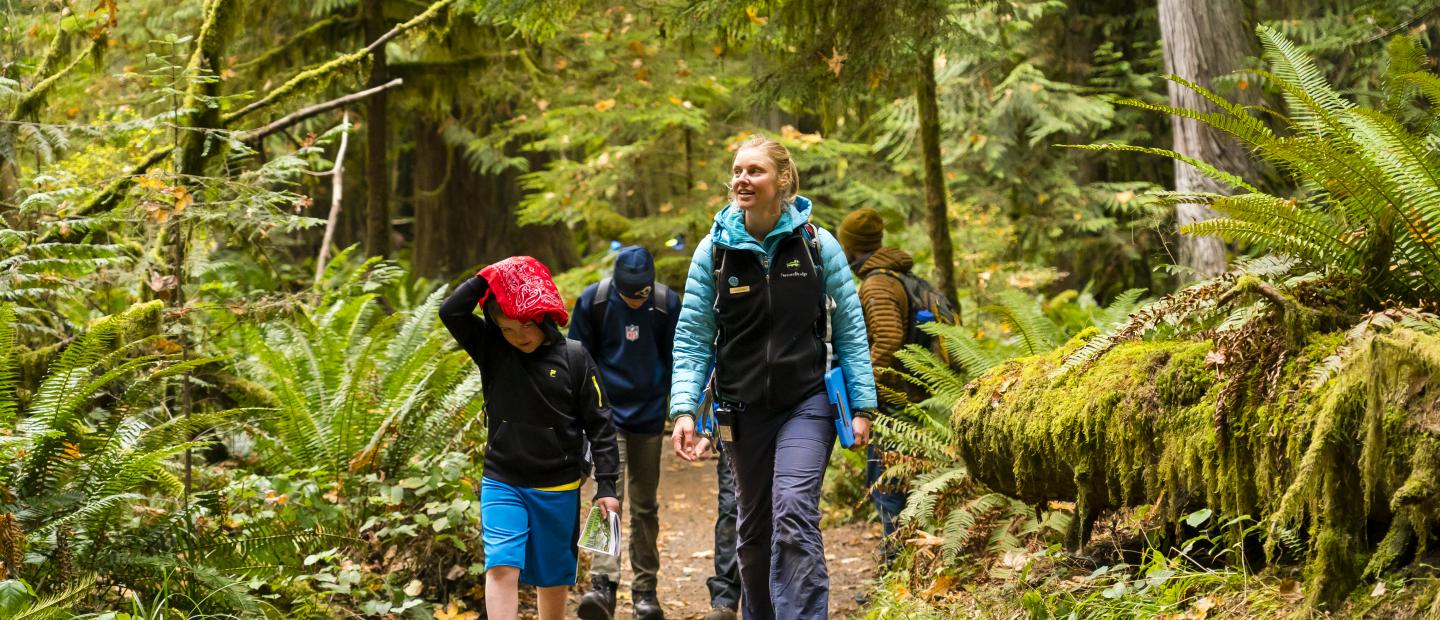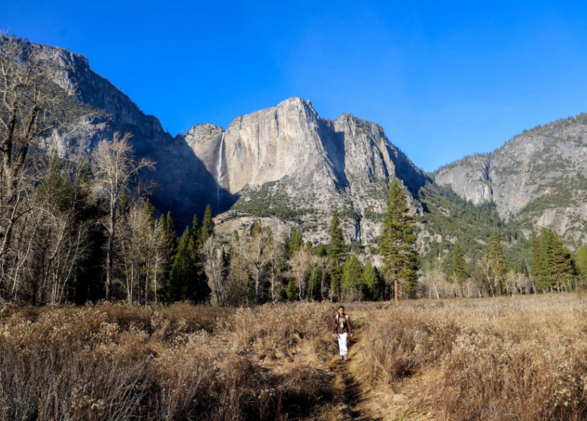Tips for Outdoor Classroom Teaching
The benefits of teaching outdoors are innumerable. Nature has been shown to enhance learning, improve concentration and stimulate curiosity. At NatureBridge, nature is our classroom. Our innovative programs take students away from their desks and into outdoor classrooms set in national parks—where they spend several days immersed in nature, living and learning alongside their peers. If you're ready to incorporate the benefits of outdoor education into your students' learning, start planning your trip to NatureBridge today!
In traditional school settings, students can still reap the benefits of the outdoors. As a teacher, consider taking your students outdoors for a class one time each week to begin. With a few tips, teachers can navigate any hurdles in transitioning from the traditional indoor classroom setting to teaching in the outdoors.
To give you the best tips on teaching outdoors, we compiled the insight and knowledge of our seasoned outdoor educators:
1. Rely on Nature’s Lessons #
One of the best things about nature is all of the teaching tools it provides, right at the tip of your fingers. Learning comes alive in nature and the possibilities for teaching moments are everywhere you look. Who needs a textbook when you can demonstrate the age of a tree or identify an animal footprint in real life?

2. Allow for Exploring #
Ample time to explore, discover and dig in the dirt is key for sparking engagement. In fact, it can lead to questions, discussions and even science investigations. NatureBridge Education Coordinator Deanna Butcher sees this nearly every day in the field at our Olympic National Park campus.
“I believe the biggest practice for outdoor classroom teaching is allowing for curiosity by giving time to explore and fully experience the outdoors through most or all of their senses,” said Dee. “Students should be doing all of their learning through hands-on experiences by exploring, discovering, and allowing themselves to come up with their own concepts through what they experience.”
3. Create Boundaries #
As our NatureBridge educators explain however, students can be overwhelmed with stimuli in the outdoors. The best way to manage is to find a balance between free exploration and a focus in the outdoor classroom. When it comes time to focus, our educators suggest having an auditory boundary or call and response to bring students back in.
It’s also important to create explicit boundaries when teaching in your outdoor classroom. A tree or root identifier is not clear enough. Instead, use items such as backpacks and bandanas to help create boundaries and structure. Just be sure to place them in a way that will not create a tripping hazard.

4. Let Nature Answer Questions #
One of the greatest things about teaching outside is that students can witness results and answers to their curiosities in real time.
“[Nature] organically creates a laboratory for learning by not giving the answers, but creating a pathway for questions,” Dee explained. “This stimulates more curiosity and engagement by inviting the learner to look for their questions in what they can see and experience.”
Rather than finding the answer in a book, nature allows students to act as real scientists and biologists. Provide field journals so that they can record these observations.
6. Integrate Classroom Teachings #
You may think that moving your students outdoors means letting go of all classroom rules and learning structures. However, integrating your existing classroom teachings into your outdoor classroom setting is actually extremely effective in helping students transition. Structure and routine can help set your students up for success as they engage in the natural world around them.


